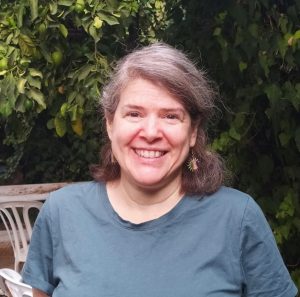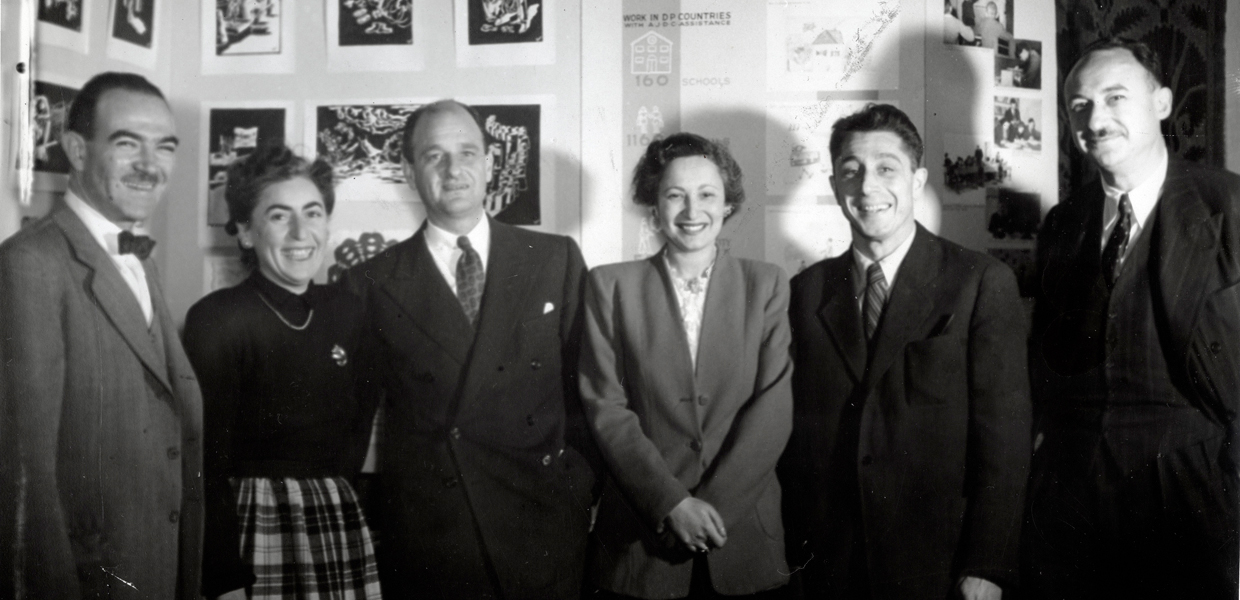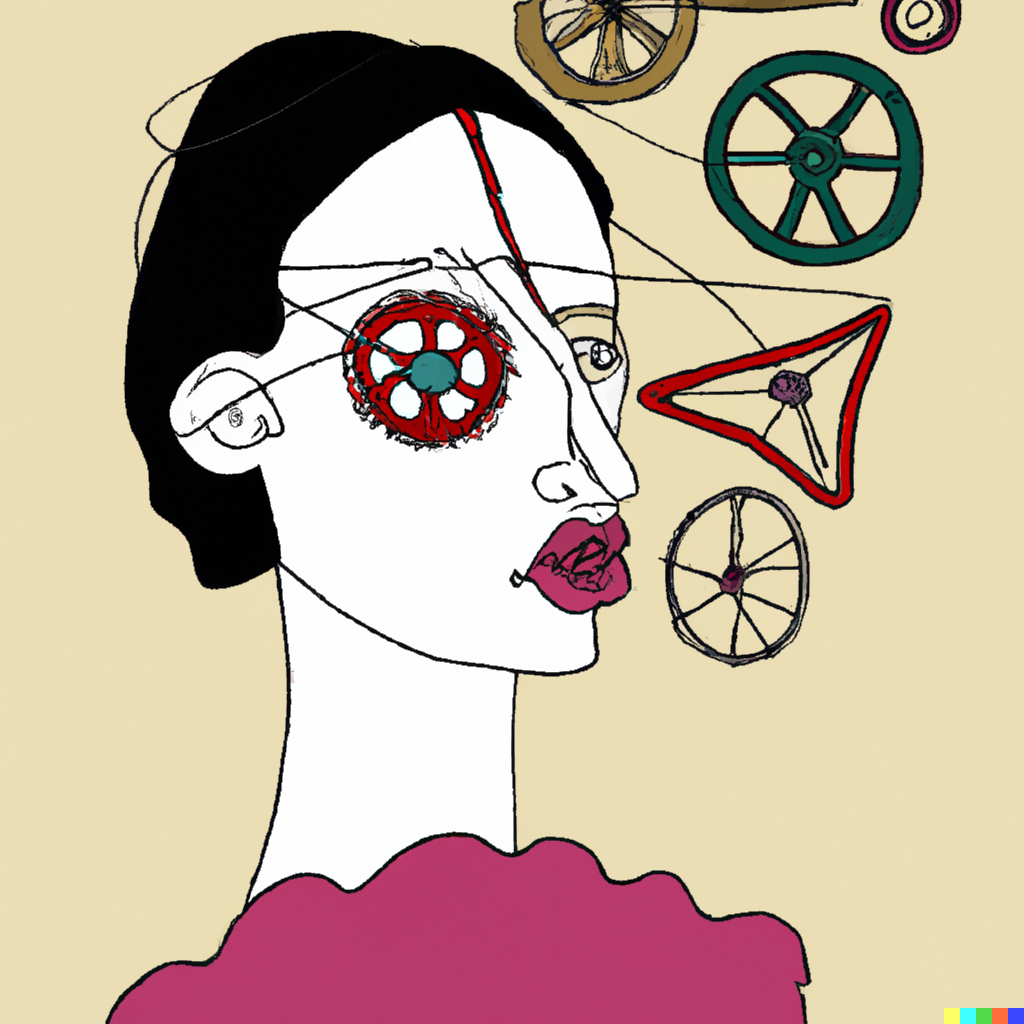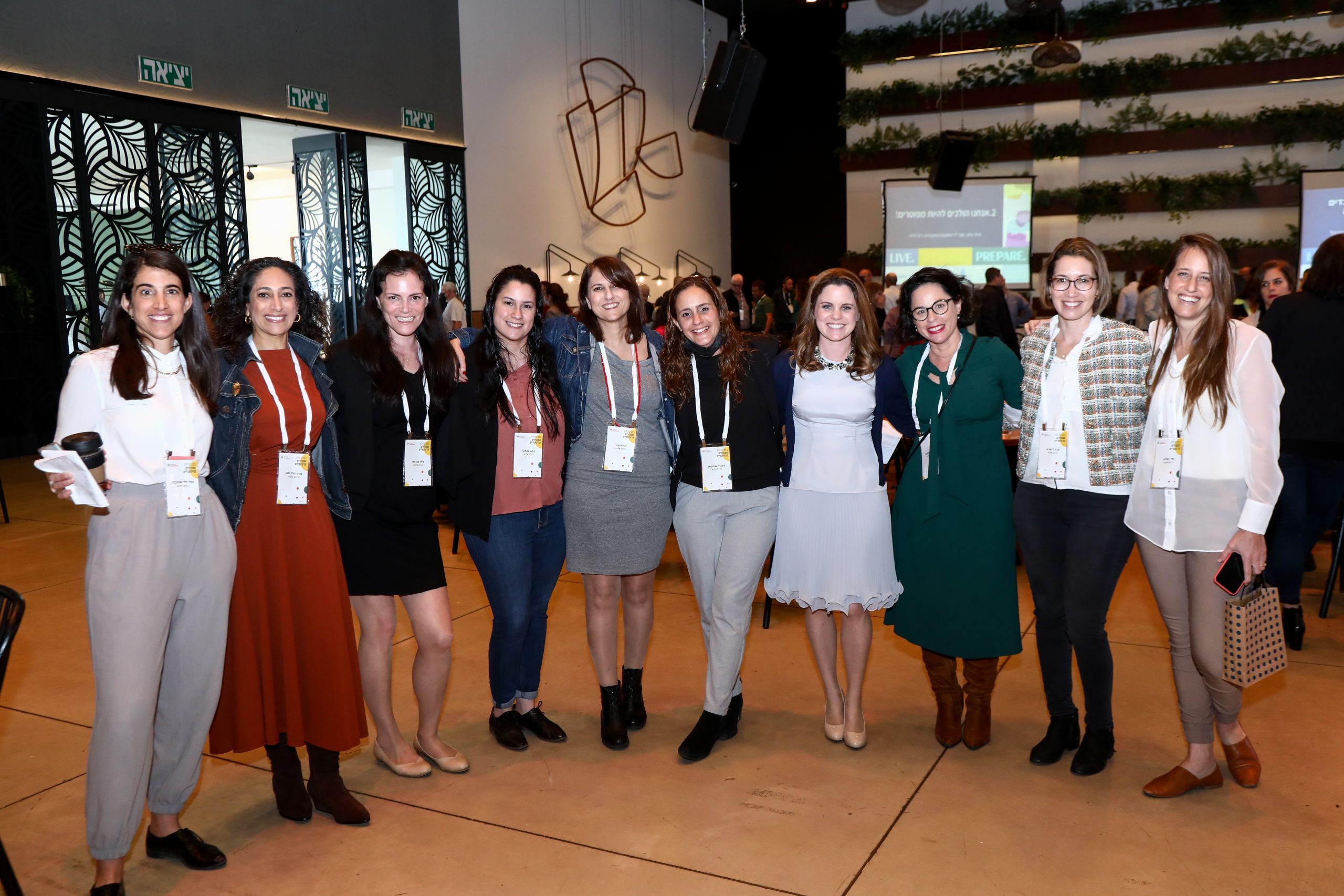Something tells me that you generally don’t associate cataloging work with (harmless) gossip, seeing friends, the thrill of celebrity spotting, or mourning national tragedies.
I’d like to dispel that impression a bit. In my work in the Jerusalem JDC Historical Archives, it has been very exciting to come across material on Eleanor Roosevelt, Leonard Bernstein, Otto Frank, Shoshana Damari. But I’d like to tell you about the people I’ve come to know better.
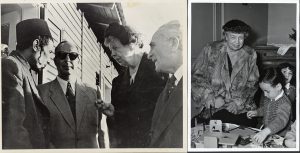
In addition to JDC colleagues of today, I have made friends with JDC workers of the 1940s, 50s, and 60s. We, catalogers, know their handwriting far better than we would recognize most of their faces (and of course the rare color photograph, rendering them so much more recognizable, is always a revelation). We know to expect a laugh from some, and an occasional sarcastic and fearsome comment from others.
While always endeavoring to respect their privacy, some gossip between colleagues is inevitable. How can one suppress excitement on discovering that Kate Mendel, country director for Belgium in the 1940s, married Herb Katzki, an old friend of ours from Paris headquarters (who eventually became second in charge of overseas operations and in 1967 returned to the United States as Vice Chairman of JDC)?
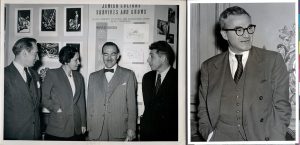
Personal quirks also do not escape notice, such as Moe Beckelman’s penchant for cats, smoking pipes, and the latest technology such as “record changers” (phonographs) and ballpoint pens. These gleanings of personality complement knowledge of his career and personal life.
After running JDC operations supporting refugees in Lithuania in 1939-1941, and subsequently, in South America, Beckelman left JDC to work for a few years, including time serving the American Office for Strategic Services (known as the OSS, predecessor to the CIA). On return to JDC, he joined the top leadership in the Paris office, becoming Director-General for Overseas Operation in 1951 until his tragic death at 49 in 1955.
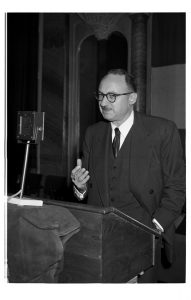
From personal greetings in his correspondence, we knew that he married Moneera in 1946 and that they had a young daughter, a cause for concern when we realized how old he was when he died. We were relieved to know that the JDC stepped in and provided Moneera with an administrative position in headquarters. Eventually, she became a central JDC staffer in her own right.
Being less chit-chatty, her correspondence is less revealing, but knowing her personal history humanizes her and bridges the gap between us. In addition, as Anat Kutner (Jerusalem archives director) pointed out, Moneera’s story reveals an unusual career path for women at that time (as well as today, for some). Rather than her motherhood being a hindrance to working, JDC staff recognized that Moneera needed income to support herself and her daughter, and provided her with a job so that she could do so with honor.
Because these minutiae and personal milestones are gleaned from the Joint Archives, they take place against epic backdrops of world wars, regional conflicts, refugee care, and airlifts. In addition to gaining familiarity with individuals, cataloging also causes traumatic national incidents to become personal. One of the hundreds of such examples is the March 1948 attack on the Jewish Agency offices on King George Street in Jerusalem.
Pessach Litwack, a central worker in the JDC Jerusalem operation was in a meeting there, and as a consequence was injured, took some time off, and transferred to work in Tel Aviv. His insurance form, while by necessity restricted, drives home the personal cost to individuals living at the time including one of ours, a JDC employee.
Inevitably one develops personal favorites. Inga Gottfarb, kid sister and assistant to lawyer Ragnar Gottfarb, JDC representative in Sweden in the 1940s-1960s, caught my attention while I cataloged the Stockholm Collection, which consists of documents from the JDC Office there. Situated in a neutral country, the JDC Stockholm office was crucial to JDC operations during World War II and immediately afterward.
The office staff was able to direct the delivery of supplies to survivors and refugees in Europe, collaborate in wartime rescue operations, and coordinate searches for survivors after the war ended. For example, because she was able to receive Radio Lublin broadcasts in Sweden, Inga transcribed lists of the names of survivors who were seeking their relatives. These she sent to JDC overseas headquarters, located in Lisbon during the war.
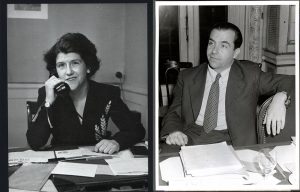
Born in 1915 and raised in a house to which refugees came daily to eat a decent meal, Inga’s life work was dedicated to helping the displaced. In 1943 she stood at the dock to receive the Danish Jews rescued by Swedes. In 1945 she received the survivors who were brought over from concentration camps before the war’s end.
If you have visited Yad Vashem you may have wondered about the story behind a white ambulance parked on its periphery. This is a remnant of the White Buses project. After negotiations with Heinrich Himmler in the spring of 1945, the Swedish Red Cross brought packages and medical care to survivors in concentration camps. On their return, they brought 21,000 concentration camp inmates to Sweden. Of these survivors, between 5-6,000 were Jewish, mostly women.
Inga played a central role in providing for their needs. Her description of her first glimpse of the rescued is difficult to forget, and indeed the experience stayed with her for many years. Inga’s recognition of the women’s humanity translated into how she carried out her job. She stood out in the personal touches she brought to her work such as bringing them lipstick (many remembered this 40 years later) or finding a copy of ‘Alice in Wonderland’ to bring to children.
After World War II Inga studied for a Masters in Social Science at Columbia University and returned to Europe in 1952, working for JDC in Rome and Paris. In both cities, she received and aided Jewish migrants from North Africa: first from Egypt, later from Algeria. Eventually, she returned to Sweden, working for the nascent Swedish Migration Board while advocating for Jews to be allowed to leave the Soviet Union.
The memory of receiving survivors in 1945 was abiding, and Inga was curious to know about their lives since then. She undertook a research project and published an oral history based on interviews with 60 of them in 1986, titled The Perilous Oblivion (The Peril of Forgetting). Unfortunately for me, it is only available in Swedish.
Having this inside knowledge of JDC staff deepens our admiration for their personal and professional accomplishments, and lends insight into much social history and historiography (what historical legacy will you leave to future JDC catalogers and historians?). I hope you have enjoyed ‘meeting’ some of our old friends. Charming, formidable, and so accomplished, they are the admirable company to keep.
